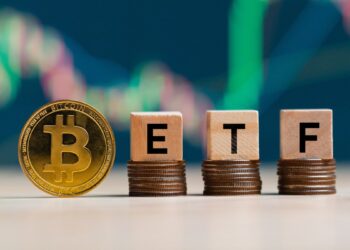According to Fidelity International’s cross-asset specialist, Anthony Doyle, the gap between bonds and equities have reached a two-decade high, providing an opportunity for investors.
The yield gap (the difference between equity yields and government bond yields) has reached a 20-year high of 3.8 per cent, surpassing the previous high set in February 2009. On this measure, equities are very attractively valued relative to government bonds, despite the market hitting a record 7,162 points in February (currently 6,395 points), Mr Doyle explained.
The fund manager also highlighted the potential lack of options an even lower interest rate environment provides.
“In this low-rate environment, investors can no longer generate a positive real yield from the Australian government bond market, with the longest maturity nominal ACGB maturing in 2047 yielding only 1.39 per cent,” he said.
“Subsequently, for those investors hoping to generate a positive real yield, equities look extremely attractive. Of course, equities aren’t a free lunch, and there is some vulnerability to the yield gap compressing if earnings revisions to the S&P/ASX 200 decline as a result of the impact of the coronavirus on the global and domestic economic outlook.”
Given the bond market yields are less than the current inflation rate of 1.8 per cent, Mr Doyle argued investors will leave bonds for equities.
The fund manager warns investors of rushing into the market or putting all their eggs in one basket, but instead applying basic rules of diversification.
“The key for long-term returns will be actively selecting those companies that will still be able to pay a dividend should business conditions become more difficult,” he said.
“By being diversified, and taking the time to analyse financial statements, meet company management and assess the risk to profits in the near and long term, skilled active equity investors have the ability to continue to generate positive real returns for investors, something that is becoming increasingly difficult to do in fixed-income markets.”


